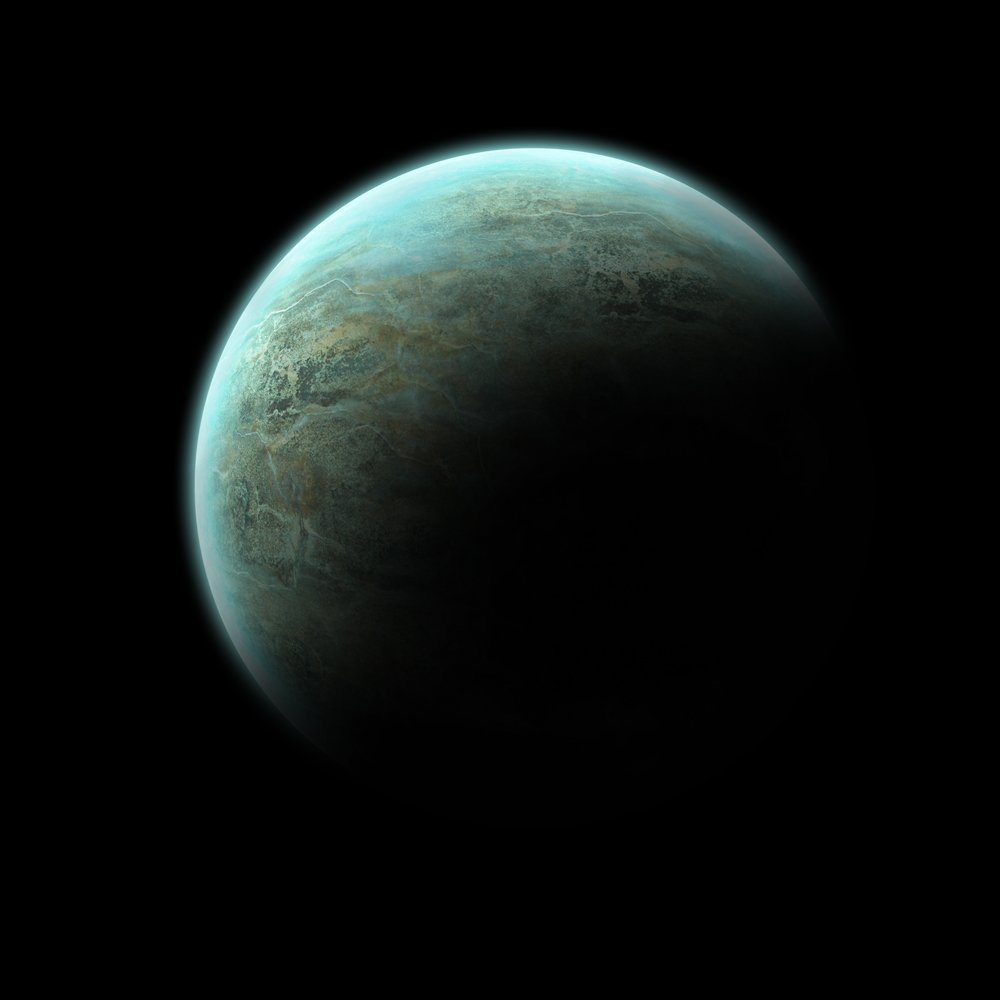
The hunt for potential life in outer space has taken a step forward – an international team of researchers has discovered the first Earth-sized planet within the ‘habitable zone’ of another star.
The exoplanet dubbed Kepler-186f was first spotted by scientists using NASA’s Kepler telescope, according to research published Thursday in the US journal Science.
The exoplanet, located some 500 light years from Earth, orbits in what is seen as the sweet spot around its star: not too close and not too far, so it could have liquid water, considered a crucial component to possibly hosting life.
“The discovery of Kepler-186f is a significant step toward finding worlds like our planet Earth,” said Paul Hertz, NASA’s Astrophysics Division director at the agency’s headquarters in Washington.
The planet is “the right size and is at the right distance to have properties that are similar to our home planet,” said Elisa Quintana of the SETI Institute at NASA’s Ames Research Center in California, the lead author of the paper published in Science.
Kepler-186f is around 1.1-times the size of Earth -- which researchers say is key to predicting the composition of the surface and its atmosphere.
When planets are 1.5 times the size of Earth or larger, many of them seem to attract a thick hydrogen and helium layer that makes them start to resemble gas giants like Jupiter or Saturn.
Kepler-186f is the fifth and outermost planet orbiting the Kepler-186 star, right on the far edge of that solar system’s habitable zone, meaning the surface temperature might not be warm enough to stop water from freezing.
“However, it is also slightly larger than the Earth, and so the hope would be that this would result in a thicker atmosphere that would provide extra insulation,” explained San Francisco State University astronomer Stephen Kane.
Published in The Express Tribune, April 18th, 2014.
COMMENTS (15)
Comments are moderated and generally will be posted if they are on-topic and not abusive.
For more information, please see our Comments FAQ








































Most interesting is that this moon orbiting Kepler-186f point in the near and not too far from its star. The temperature on the stars contributing to the persistence of liquid water. The opportunity to discover life.
What the scientists did not and can not say that this is the Paradise that the holy scriptures refer to and is out of bounds for those who do not have the entry pass.
Rex Minor
Not the first one for sure. They keep finding such worlds occasionally.
The only problem is how to get there.
Lets learn to take better care of this planet Earth before we go into outer space to trash another planet.
Cool but we cant travel there if we ever attain the speed of light it would take 500 years to reach there
There has to be life out there somewhere
@Ali; even if we travel with the speed of light, we need 500 years to reach above mentioned planet. . So I hope you'll concentrate on your physics and biology before suggesting 'manned voages' instead of 'discovering' . .
For how long will they keep on discovering planets and moons ?...come on human race, lets plan to send manned voyages into outer space...